This Article has been revised, edited and added to, by Poulomi Chakraborty.
- The Impact of Sound in Everyday Life
- How Sound Influences Our Perceptions and Behaviors
- A Tale of Two Coffees: Starbucks vs. Local Cafés
- Crafting a Sonic Identity for Startups
- Strategic Sound Choices for Customer Engagement
- Leveraging Sound for Marketing Leverage
- Implementing Sound-Based Customer Service Enhancements
- Analyzing Sound for Continuous Improvement
- Crafting an Effective Audio Brand Strategy
- Understanding Your Brand's Sound Identity
- Integration Across Touchpoints
- Consistency is Key
- Emotional Engagement Through Sound
- Regular Updates and Adaptations
- Defining Your Audio Brand’s Essence
- Creating a Comprehensive Audio Branding Plan
- Innovating with Audio Technology
- Tailoring Audio Content to Audience Preferences
- Auditing and Optimizing Your Audio Strategy
- Measuring the Impact of Audio Branding
- Advanced Strategies for Integrating Sound into Branding Efforts
- Leveraging Soundscapes in Physical Locations
- Utilizing Voice in Brand Communications
- Integrating Sound with Digital and Social Media Marketing
- Creating Signature Sounds and Jingles
- Collaborating with Musicians and Artists
- Implementing Interactive Audio in Apps and Websites
- Regularly Refreshing Audio Elements
- Tools and Technologies for Implementing Effective Audio Branding Strategies
- Conclusion
Imagine walking into a room and immediately recognizing a tune that takes you back to your childhood. That’s the power of sound—it transcends time and emotion, creating lasting impressions. Now, imagine harnessing this power for your brand. This article explores how sound can transform your brand’s identity, making it unforgettable.
The Impact of Sound in Everyday Life

How Sound Influences Our Perceptions and Behaviors
Sound plays a pivotal role in our daily lives, influencing our decisions, emotions, and even behaviors without us fully realizing it. From the alarm that wakes us in the morning to the chimes of a notification on our phones, each sound has a purpose and an impact. Brands that understand this can craft an audio identity that not only captures attention but also cultivates customer loyalty.
A Tale of Two Coffees: Starbucks vs. Local Cafés
Let’s delve into a comparative analysis of how sound influences brand perception in the context of coffee shops, specifically comparing global giant Starbucks with local cafés. Starbucks, with its well-established brand, consistently uses sound to enhance its customer experience.
Upon entering a Starbucks, you’re greeted with a carefully curated playlist of mellow, approachable music. This choice isn’t accidental; it’s designed to make you feel at ease, enhancing the warmth of the space while encouraging you to linger longer and, perhaps, buy another coffee or snack.
On the other hand, local cafés often have a more eclectic approach to their soundscapes. The music might reflect the personal taste of the owner or aim to create a unique atmosphere that differentiates it from other establishments.
This can feel more personalized, making customers feel directly connected to the community and the café’s culture. However, the lack of consistency can also be less reassuring to new customers, who might prefer the predictable and familiar environment of Starbucks.
The contrast in audio branding strategies between Starbucks and local cafés highlights the profound effect sound can have on consumer behavior. Starbucks uses its audio environment to create a consistent, branded experience that customers can expect at any location around the world, which is reassuring and builds a strong brand loyalty.
Local cafés, while offering a more unique and potentially memorable auditory experience, might miss out on this consistency, which can affect customer retention.
Crafting a Sonic Identity for Startups
For startups, establishing a sonic identity early can set the tone for the brand and form the foundation of customer interactions. Unlike established brands, startups have the unique opportunity to introduce innovative and distinctive sound elements that can deeply embed their identity in the market from the outset.
Founders should consider how their choice of sounds can reflect the innovation and uniqueness of their product or service. Developing a sonic logo, which is a short, distinctive melody or sequence of sounds, can be an effective way to ensure that every interaction with the brand carries a reminder of who they are.
Strategic Sound Choices for Customer Engagement
Selecting the right sounds for different contexts can significantly enhance customer engagement. For instance, the choice of music in promotional videos should evoke the emotions and energy that the startup wants to be associated with.
Emotional resonance can greatly boost recall rates and enhance customer connection to the brand. Moreover, the sounds used in product interfaces, like those in apps or devices, should not only be pleasant but also functional, providing auditory feedback for user actions that reinforce the usability and intuitiveness of the product.
Leveraging Sound for Marketing Leverage
Strategic use of sound in marketing campaigns can serve as a force multiplier for startup visibility and customer acquisition efforts. For example, incorporating recognizable audio cues in radio and online ads can increase the effectiveness of these campaigns.
These sounds become triggers in the minds of potential customers, fostering brand recognition and recall. Furthermore, startups can harness the viral potential of sound by creating catchy audio content that is likely to be shared across social media platforms, thus extending the brand’s reach and impact.
Implementing Sound-Based Customer Service Enhancements
Customer service is another critical area where sound plays a vital role. Startups can implement voice-based services that are not only efficient but also warm and welcoming, reflecting the brand’s commitment to customer care.
The tone and pace of the automated responses should convey approachability and understanding, making customers feel valued and supported. This can transform routine customer service from a mere function to an essential part of the overall brand experience.
Analyzing Sound for Continuous Improvement
Lastly, it is crucial for startup founders to continually assess the effectiveness of their audio branding efforts. This involves not just collecting feedback from customers but also analyzing engagement metrics to see how sound influences behavior and preferences.
Adjustments should be made based on this data to refine the audio elements, ensuring they stay relevant and continue to resonate with the target audience.
By strategically integrating sound into different aspects of the business, startups can create a more dynamic and memorable brand identity that stands out in a competitive market. The key is to be consistent yet flexible enough to adapt as the brand grows and market conditions change.
Crafting an Effective Audio Brand Strategy
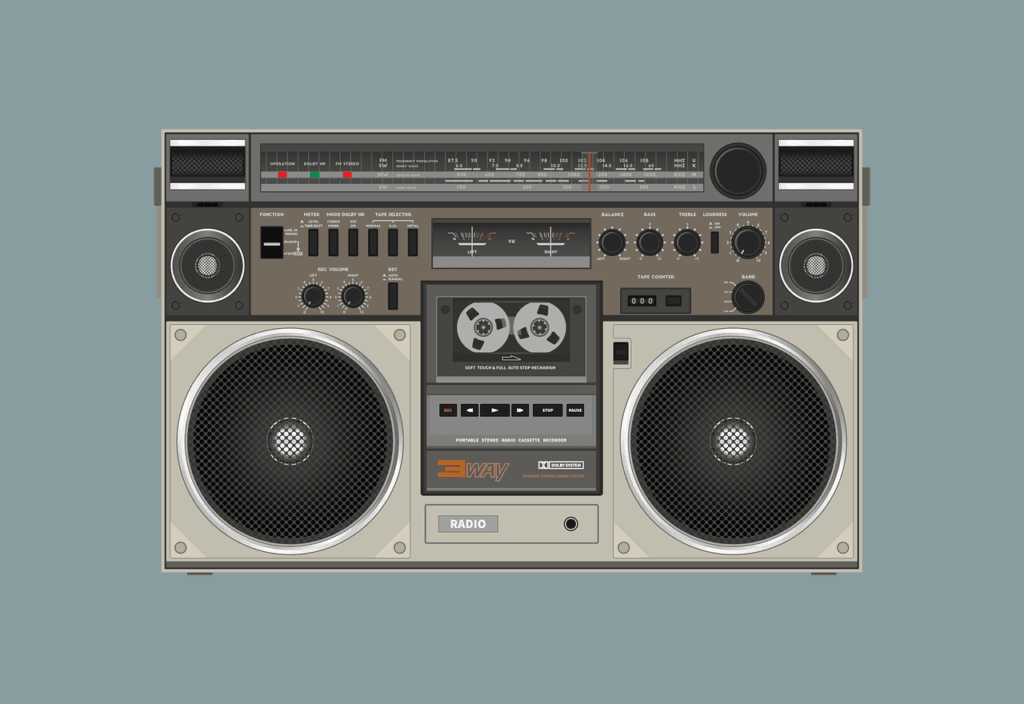
Understanding Your Brand’s Sound Identity
The first step in leveraging sound for your brand is understanding the core of your brand’s identity. What does your brand stand for? Who is your target audience? What emotions do you want to evoke? The answers to these questions will guide the selection of sounds that resonate with your brand’s ethos.
For instance, a luxury car brand might choose a sound palette that includes deep, resonant bass tones which convey power and reliability, coupled with high-tech beeps and clicks that suggest innovation and precision. On the other hand, a brand focusing on sustainability might opt for natural sounds like bird calls or water streams, which align with its eco-friendly values.
Integration Across Touchpoints
Once the core sound elements are identified, the next step is integrating these sounds across all brand touchpoints. This means that your audio branding should be present wherever the customer interacts with your brand, from TV commercials and radio ads to mobile apps and physical stores.
For example, consider a brand like Apple, which uses distinct sounds for its devices that are immediately recognizable. The sound of an iPhone being unlocked or a Mac starting up is consistent across the world, reinforcing the brand’s identity in the minds of consumers every time they hear it.
Consistency is Key
The importance of consistency in audio branding cannot be overstated. Just as with visual branding, your audio signals need to be consistent across all platforms to strengthen brand recall and affinity. This doesn’t mean every sound must be the same, but they should all clearly belong to the same family.
Take Netflix as an example. The ‘ta-dum’ sound you hear when you start a show is now as iconic as the logo itself. It’s simple, but effective in making Netflix instantly recognizable, even without visual cues.
Emotional Engagement Through Sound
Sound has a direct pathway to our emotions, making it an incredibly powerful tool for emotional engagement. Brands can use this to their advantage by choosing sounds that evoke specific emotional responses. For example, a quick, upbeat jingle can create a feeling of excitement and energy, while a slow, soft melody might be used to soothe and calm.
This emotional connection can turn casual customers into loyal fans, as they begin to associate those positive feelings with your brand. A great example of this is Coca-Cola’s use of uplifting and joyful music in their ads, enhancing their branding as a symbol of happiness.
Regular Updates and Adaptations
Finally, while consistency is crucial, it’s also important to keep your sound identity fresh and relevant. This might mean updating your sound elements to keep up with changes in music trends or refreshing them to align with new branding initiatives.
A brand that excels in this is Google. They have evolved their sound identity with different product launches and updates, ensuring they stay relevant and modern without losing the essence of their brand.
Defining Your Audio Brand’s Essence
For startup founders, defining the essence of your audio brand is as critical as your visual identity. It involves a deep understanding of your brand’s core values, mission, and the emotions you want your brand to evoke.
When choosing your brand’s sounds, think about the personality of the brand—are you aiming to come across as innovative, comforting, professional, or perhaps playful? This personality should guide the selection of every sound, from the music in your ads to the voice in your customer service.
Creating a Comprehensive Audio Branding Plan
Once the essence is defined, develop a comprehensive plan that outlines how you will use sound across all customer touch points. This plan should detail the types of sounds you will use, such as specific genres of music, tones, and voice attributes, and where these sounds will be applied, like in advertising, product interfaces, or customer service. Consider how these elements can be integrated to form a cohesive auditory experience that reinforces your brand’s message and values.

Related: Check out our free SEO suite

Innovating with Audio Technology
In the digital age, leveraging the latest audio technology can provide startups with a competitive edge. Technologies like spatial audio and 3D sound are becoming more accessible and can create a more immersive experience for users.
For example, a virtual reality startup could use spatial audio to enhance the realism of its experiences, making it more engaging and memorable. Similarly, startups in sectors like education or wellness can use these technologies to make their products more effective and appealing.
Tailoring Audio Content to Audience Preferences
Understanding your audience is crucial in tailoring your audio content to match their preferences, which can significantly boost engagement and loyalty. This involves researching not only the demographics but also the listening habits and audio consumption behaviors of your target audience.
For instance, if your target audience predominantly listens to podcasts, consider launching a branded podcast that provides value while subtly reinforcing your brand’s presence through carefully chosen sounds and narratives.
Auditing and Optimizing Your Audio Strategy
Finally, regular audits of your audio strategy are vital to ensure it remains effective. This should include both qualitative feedback from customers about how they perceive your audio brand, and quantitative data from marketing analytics to see how audio branding affects engagement and conversion rates.
Based on these insights, optimize your audio elements to better meet customer expectations and to stay ahead of trends in audio branding.
For startups, an effective audio branding strategy is not just about creating sounds that align with the brand image, but also about continuously adapting and optimizing these sounds to meet evolving customer expectations and technological advancements. This proactive approach ensures that the audio branding remains a powerful and integral part of the brand’s identity and communication strategy.
Measuring the Impact of Audio Branding
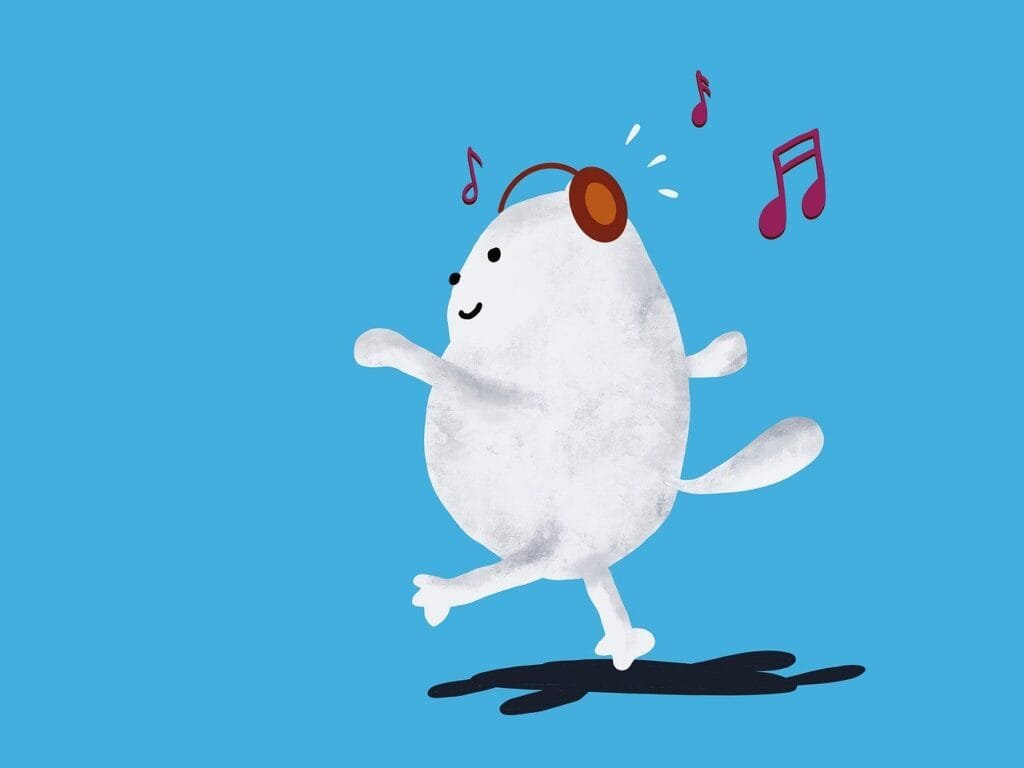
Setting Clear Objectives for Audio Branding
Before you can measure the impact of your audio branding, it’s crucial to set clear objectives. What are you aiming to achieve with your audio brand strategy? Possible objectives could include increasing brand recognition, enhancing customer experience, or boosting emotional engagement. Defining these goals will help you tailor your measurement approach and evaluate success effectively.
Using Brand Recognition Surveys
One of the most direct ways to assess the impact of audio branding is through brand recognition surveys. These surveys can ask participants to identify a brand based on audio cues alone. For instance, a snippet of a jingle or a sound logo can be played to see if the audience can correctly associate it with your brand. This method gives clear quantitative data on how recognizable your audio branding is.
Analyzing Customer Engagement and Interaction
Another important metric is customer engagement. You can analyze how sound impacts customer behaviors and interactions with your brand. For example, does background music in your store increase the time customers spend shopping? Or do certain sounds in your app encourage users to explore more features? Tools like analytics software can track these behaviors, providing insights into how audio influences customer actions.
Evaluating Emotional Connection through Feedback
Gathering customer feedback can also provide valuable insights into the emotional impact of your sound choices. Surveys, focus groups, or social media monitoring can reveal how customers feel about your brand’s sound. This qualitative data can help you understand whether your audio branding evokes the emotions you intend, like excitement, calmness, or happiness.
Sales Conversion Metrics
More tangibly, you can look at sales conversion metrics. For instance, if you implement a new jingle in your advertising, you can track any changes in sales or conversions that correlate with the campaign launch. This can be an effective way to see if audio branding changes are translating into actual business results.
Longitudinal Studies
Lastly, conducting longitudinal studies can help measure the long-term effects of audio branding on customer loyalty and retention. By analyzing customer behavior over time, you can see if consistent exposure to your brand’s sounds leads to increased loyalty, repeat purchases, or referrals.
Continual Improvement and Adaptation
Remember, measuring the impact of audio branding isn’t a one-time task but a continuous process. Regularly reviewing and adapting your strategies based on these measurements will help you maintain a strong and effective audio identity.
Advanced Strategies for Integrating Sound into Branding Efforts
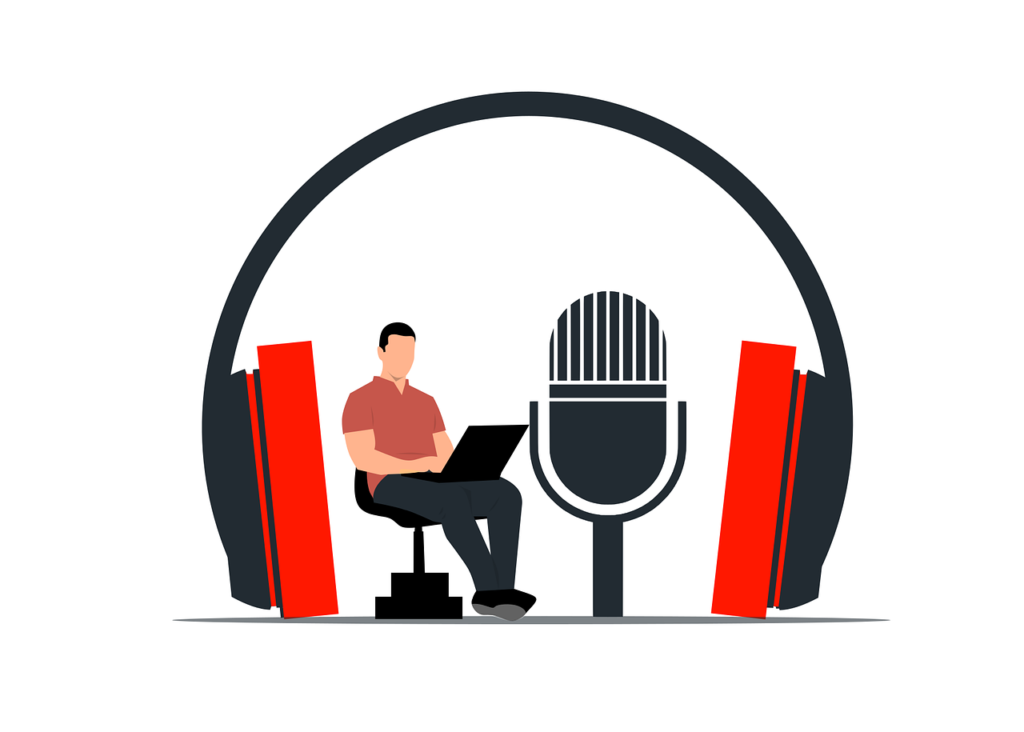
Leveraging Soundscapes in Physical Locations
Creating an immersive soundscape in physical locations such as stores, offices, or event spaces can significantly enhance the customer experience. This involves carefully selecting background music, ambient sounds, and interactive audio elements that reflect the brand’s identity and values. For instance, a high-end retailer might use a classical music soundtrack to evoke a sense of luxury and exclusivity, while a tech-focused store might incorporate futuristic sound effects that play as customers interact with products.
Utilizing Voice in Brand Communications
The human voice is a powerful audio tool that can convey nuances of emotion and personality. Brands can capitalize on this by choosing a brand voice that resonates with their target audience—whether it’s soothing and caring, authoritative and confident, or quirky and friendly. This voice should be consistent across all spoken communications, including radio ads, podcasts, and even automated customer service systems.
Integrating Sound with Digital and Social Media Marketing
In the digital age, sound should not be overlooked in online marketing strategies. Video ads, for instance, can use sound to grab attention and convey messages effectively, even in the first few seconds. Similarly, branded audio content such as podcasts or sound bites on social media can engage listeners and keep them interested in the brand’s offerings.
Creating Signature Sounds and Jingles
Developing a signature sound or jingle that can be easily associated with your brand is another effective strategy. This could be a short melody, a unique instrument sound, or an identifiable audio motif that plays at the beginning or end of commercials and online videos. The key is to make it catchy and memorable enough that it immediately brings the brand to mind.
Collaborating with Musicians and Artists
Collaborations with musicians or audio artists can also elevate a brand’s sound identity. By partnering with artists whose music aligns with the brand’s image, companies can create unique audio content that appeals to both the artist’s and the brand’s audiences. These collaborations can range from exclusive tracks played in commercials to live performances at brand-sponsored events.
Implementing Interactive Audio in Apps and Websites
Interactive audio elements on digital platforms can enhance user engagement and provide a more dynamic experience. For example, a fitness app might use motivational voice prompts during workouts, or a learning platform could include interactive sound-based quizzes. These audio elements help create a more engaging and personalized user experience.
Regularly Refreshing Audio Elements
Just as visual branding evolves, so should audio branding. Regularly refreshing your audio elements to align with current music trends, technological advancements, and changes in consumer preferences keeps your brand relevant and engaging. This could mean updating the soundtrack in your stores, redesigning the sound effects in your app, or experimenting with new formats in your audio advertising.
Tools and Technologies for Implementing Effective Audio Branding Strategies

Audio Production Software
For brands looking to create or refine their sound, high-quality audio production software is essential. Tools like Ableton Live, Logic Pro X, and Pro Tools offer comprehensive features for recording, editing, and mixing audio. These software solutions enable brands to produce professional-grade soundtracks, effects, and voice-overs in-house.
Sound Libraries and Audio Plugins
Access to a vast array of sounds is crucial for brands experimenting with audio elements. Sound libraries like Splice, Sounds.com, and Loopmasters provide thousands of high-quality samples and loops that can be used to craft unique soundscapes. Additionally, audio plugins such as those from Waves or iZotope can enhance these sounds with advanced audio processing capabilities, including equalization, compression, and reverb.
Voice-over Platforms
For brands needing professional voice-overs, platforms like Voices.com and Voice123 offer access to thousands of voice actors who can convey any tone or style. These platforms simplify the process of finding and hiring the right voice talent to represent a brand’s auditory image.
Audio Branding Agencies
Specialized audio branding agencies, such as MassiveMusic or Resonate Branding, can provide expert services from concept to execution. These agencies help with everything from developing the audio strategy and sound identity to creating custom music and sounds tailored to a brand’s needs.
Digital Audio Workstations (DAWs) for Interactive Media
For brands focusing on interactive applications, DAWs designed for game and app development like FMOD and Wwise offer advanced capabilities. These tools allow for the integration of interactive audio that responds to user inputs, enhancing the immersive experience on apps and games.
Music Streaming and Licensing Services
When using commercial music, licensing is a critical consideration. Services like Epidemic Sound and Musicbed offer royalty-free music libraries that brands can use safely in their marketing content. These platforms also handle the licensing, ensuring that music is used legally without violating copyright laws.
Audio Analytic Tools
To measure the impact of audio branding, analytic tools such as BrandTrack and Veritonic can track how well audio content performs. These tools analyze customer responses and engagement levels, providing data that can help refine audio branding efforts.
Mobile and Web SDKs
For integrating sound seamlessly across mobile apps and websites, software development kits (SDKs) like React Native Audio Toolkit and Web Audio API offer powerful tools for developers. These SDKs allow for the easy implementation and manipulation of audio within digital environments, ensuring a consistent auditory experience across all platforms.
Implementing these tools and technologies can significantly enhance a brand’s audio presence, making it more impactful and memorable for consumers.
Conclusion
Crafting a memorable audio brand identity is not just about choosing the right tunes; it’s about creating a cohesive sound strategy that resonates with your audience and amplifies your brand’s core values. From the thoughtful selection of background music in physical spaces to the strategic use of voice-overs and sound effects in digital content, every auditory element should align with and enhance the brand narrative. Leveraging advanced audio production tools, tapping into extensive sound libraries, and possibly collaborating with audio branding experts can ensure a high-quality and consistent sound across all platforms.
Moreover, using analytic tools to measure the impact of these efforts allows brands to adjust and perfect their audio strategies over time. Ultimately, the power of sound in branding lies in its ability to connect with customers on an emotional level, turning everyday interactions into memorable experiences that drive loyalty and recognition. By integrating sound thoughtfully and consistently, brands can achieve not just audibility but memorability in the crowded market space.
Read Next
- International Link Building for Sustainable Brands
- Multilingual SEO for Sustainable Brands: Here’s What We Would Do
- Hosting Green Community Events to Boost Local SEO for Sustainability-Focused Startups
- Importance of Local Citations for Green Businesses
- Optimizing Google My Business for Sustainable Brands

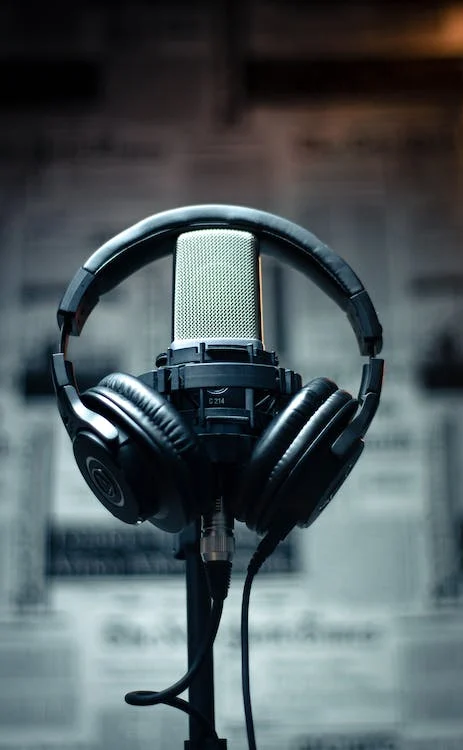

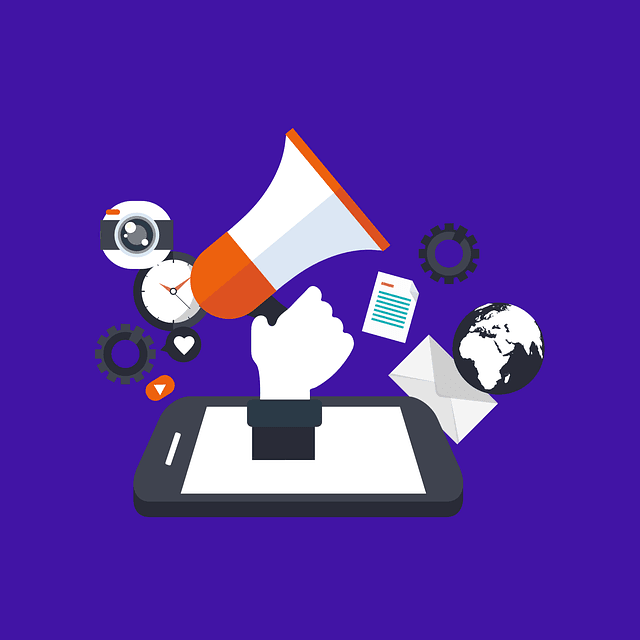




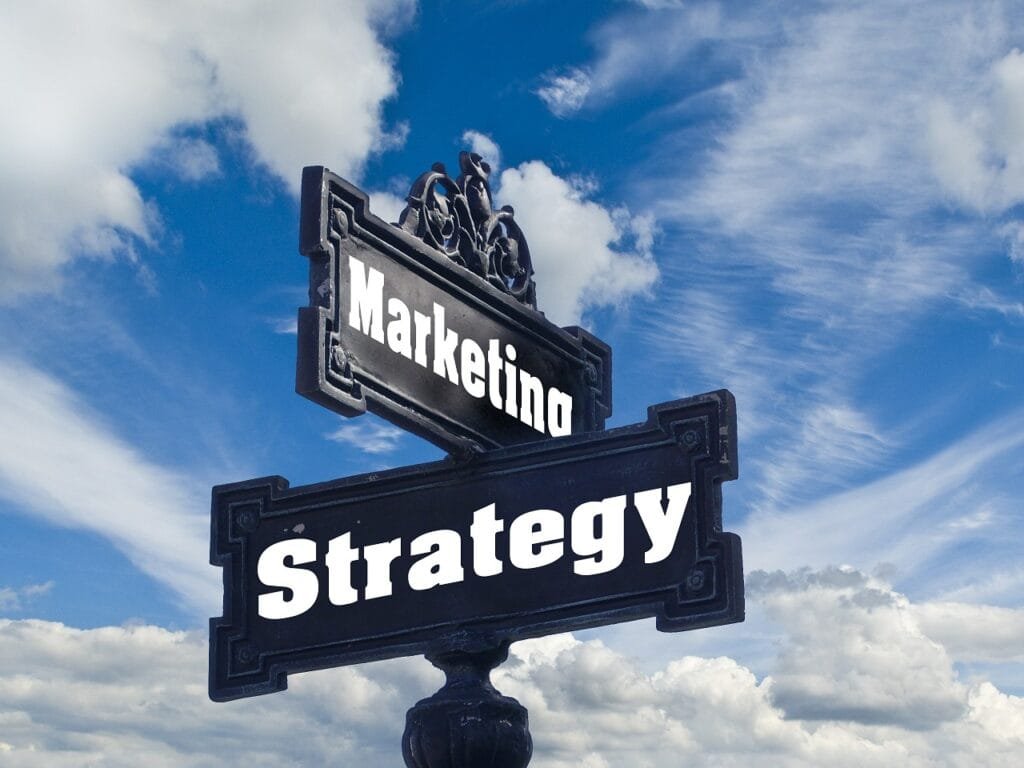



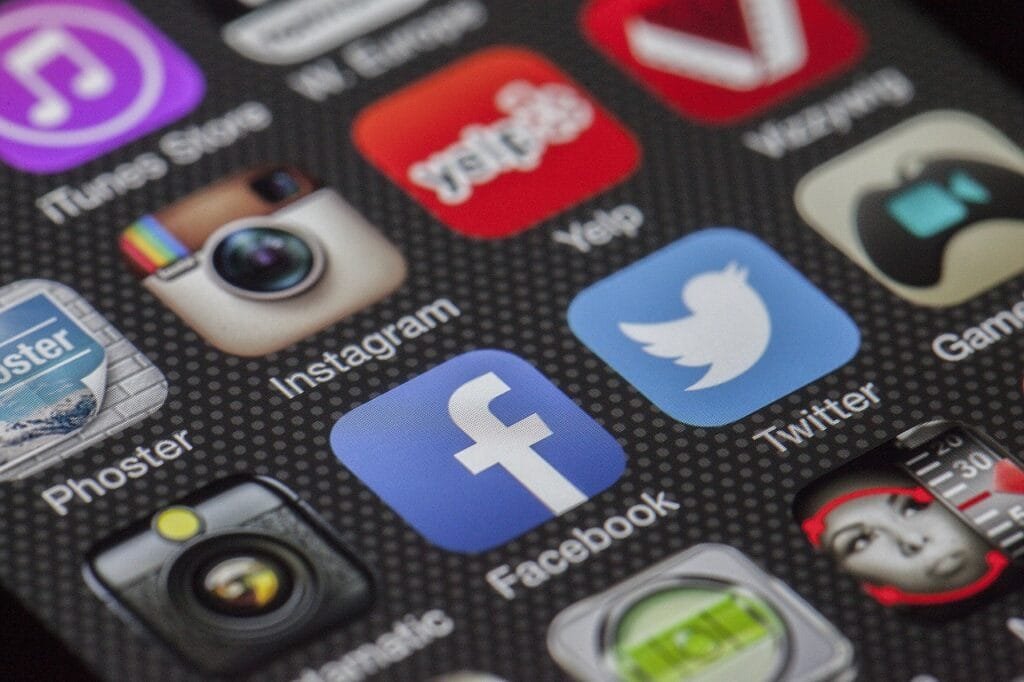







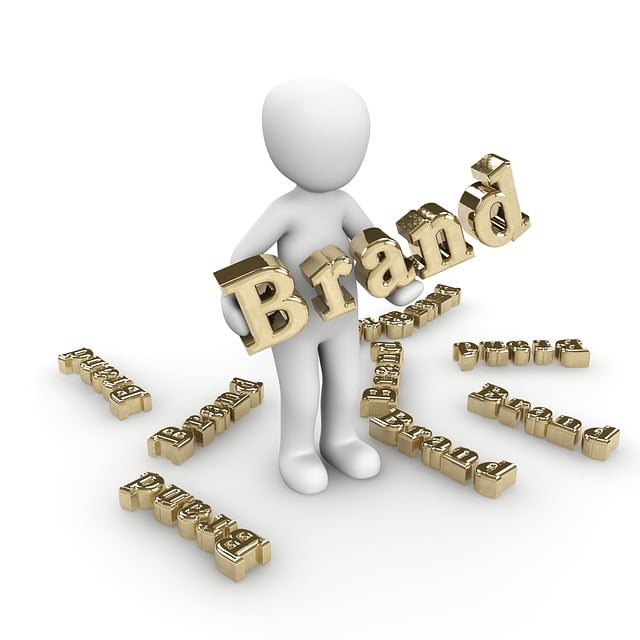
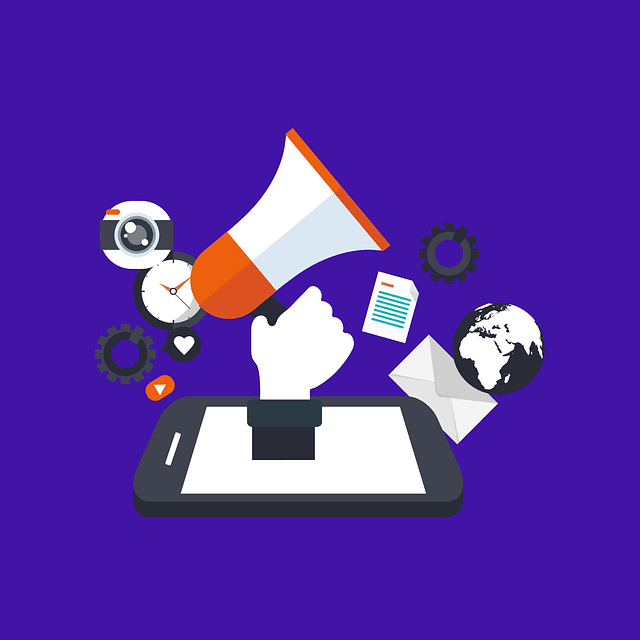
Comments are closed.